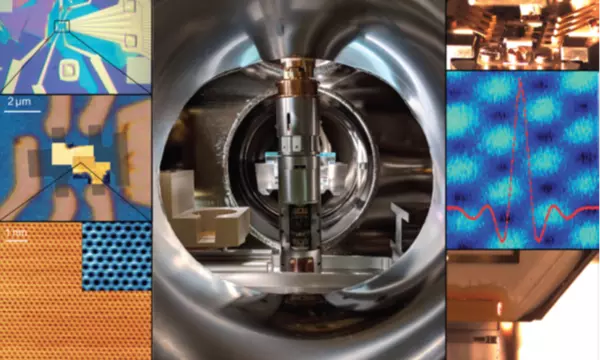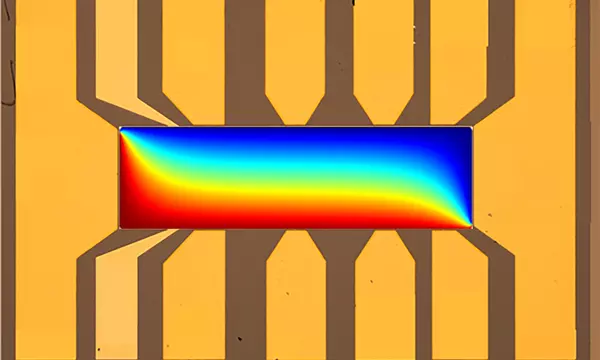The Nanoscale Processes and Measurements group develops and uses world-leading technology to probe the fundamental properties of novel quantum systems. Our work has applications in quantum information science, electrical standards development, and the advancement of scanning probe measurement techniques. We focus on condensed matter systems, including topological materials, correlated oxides, and moiré materials. We utilize a variety of low-temperature scanning probe techniques, transport measurements, and theoretical annlysis to uncover the electronic properties of these systems.
News and Updates
Projects and Programs
Publications
Awards
Press Coverage
Contacts
Technical Inquiries:
-
(301) 975-4025
General Information
-
(301) 975-8001












